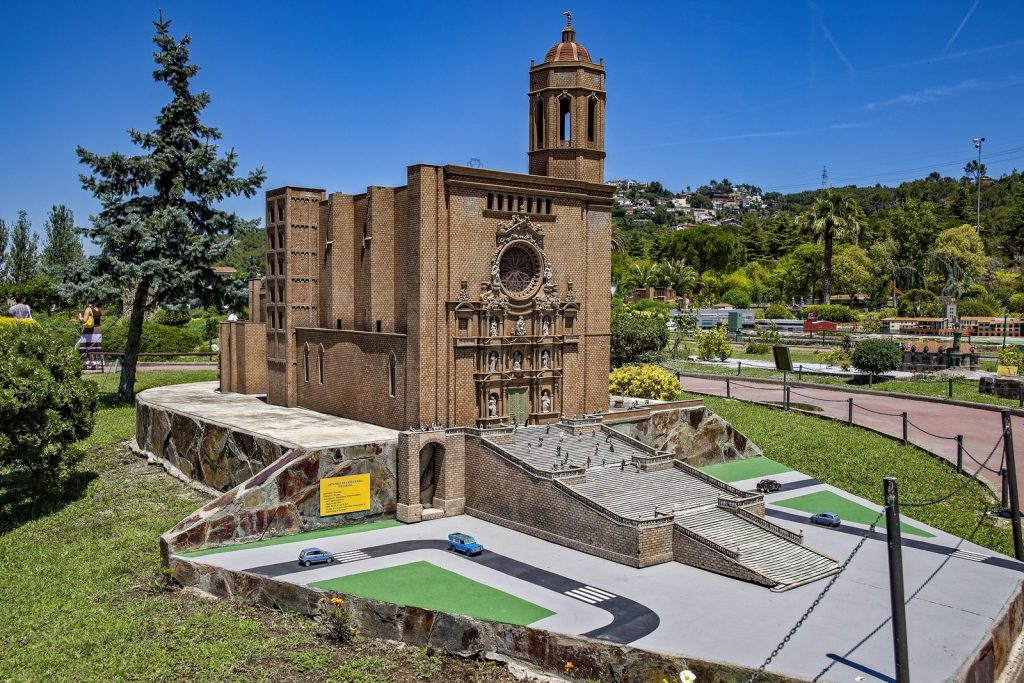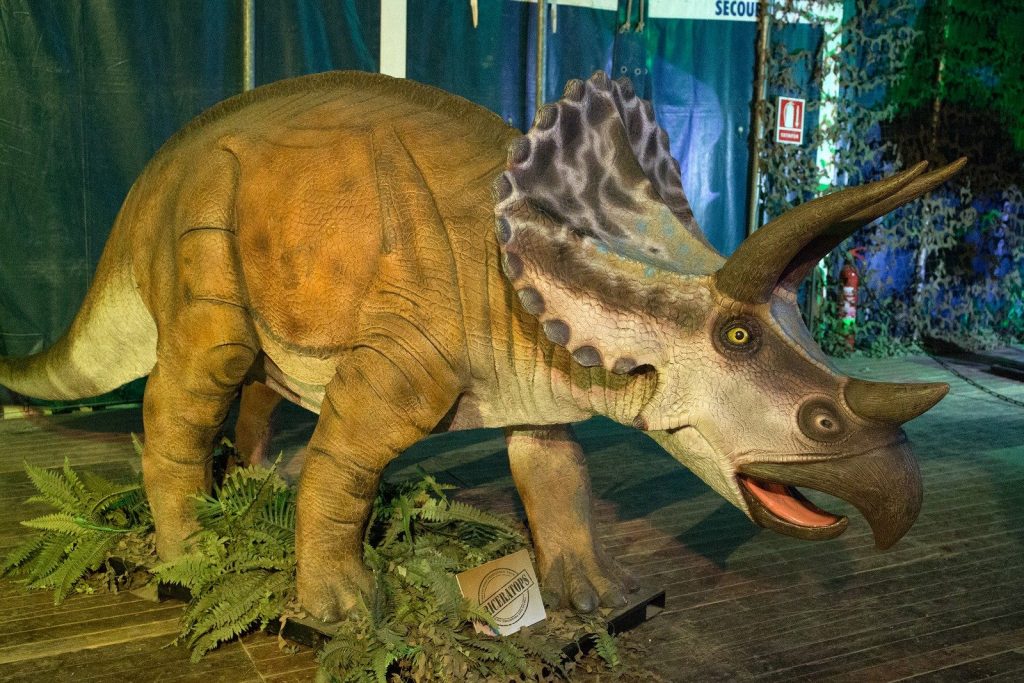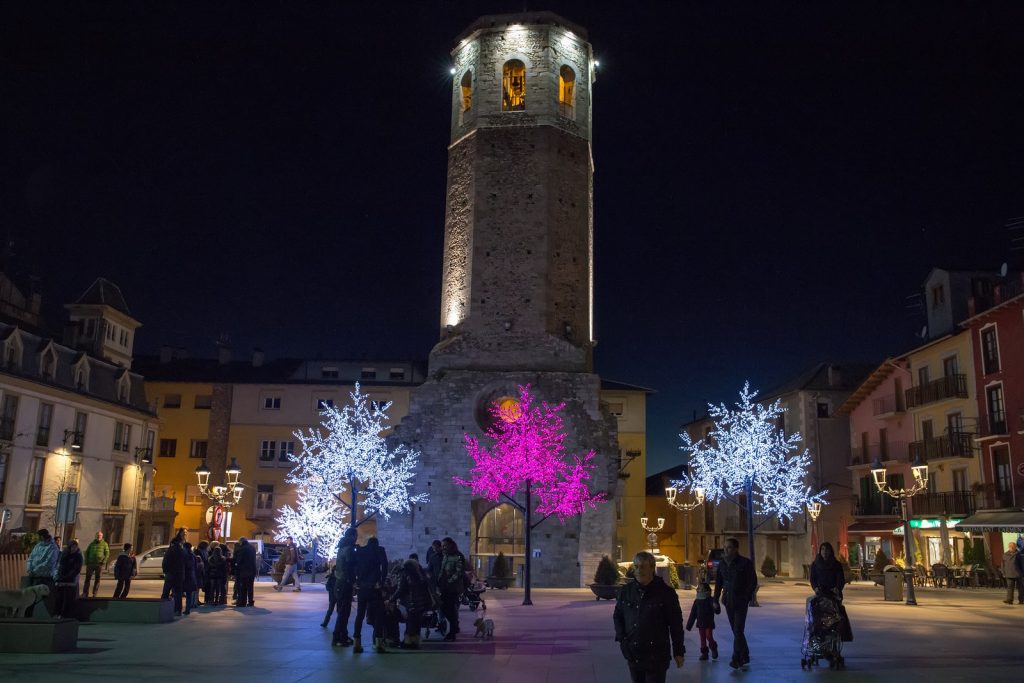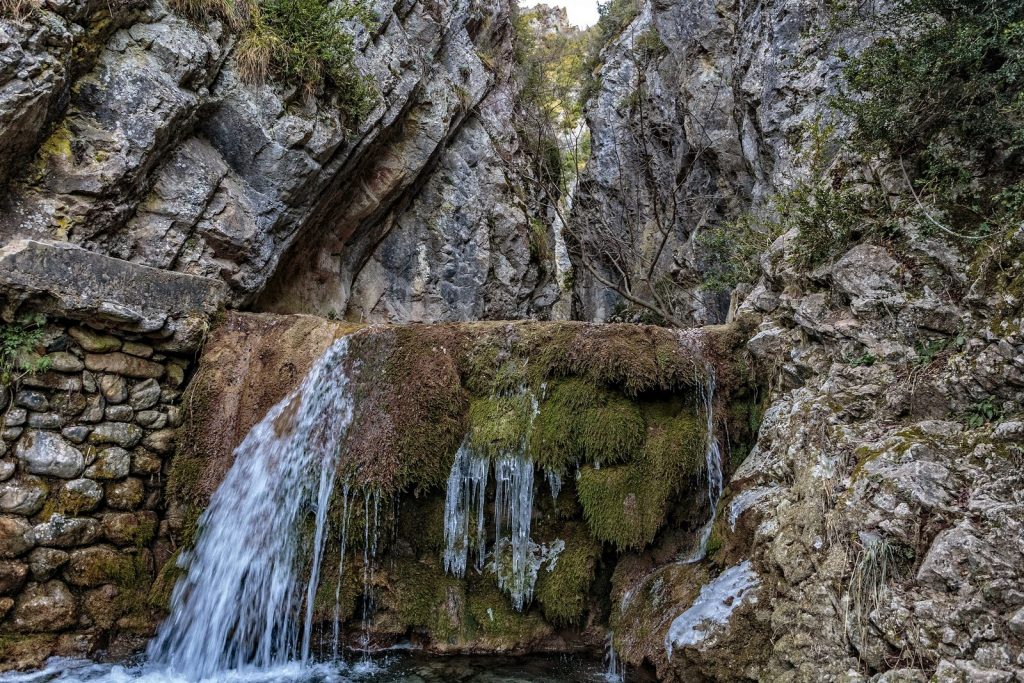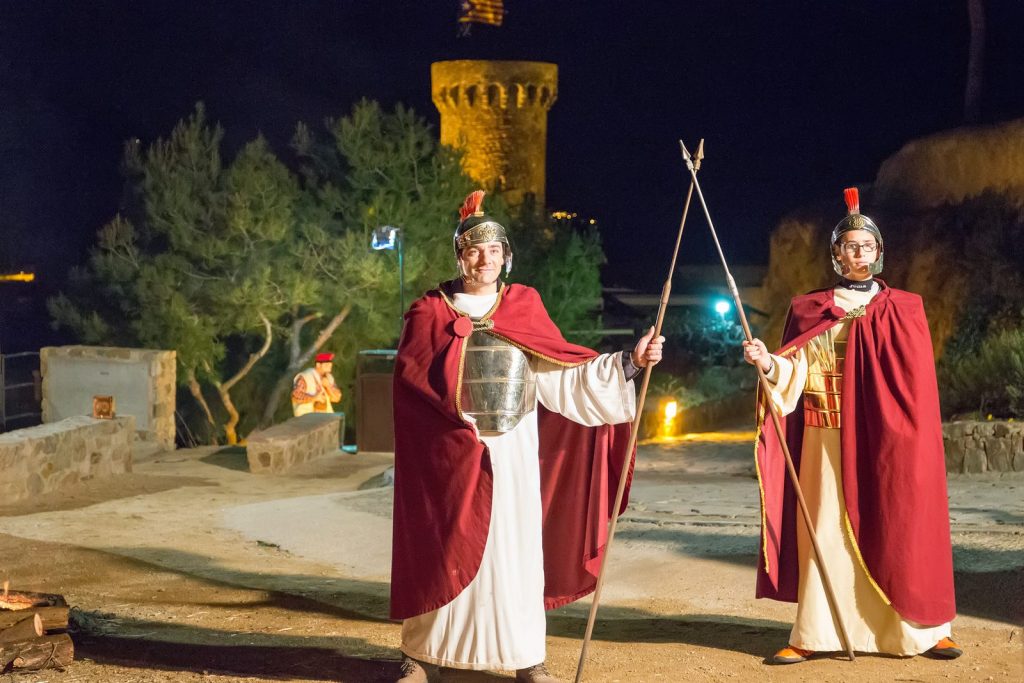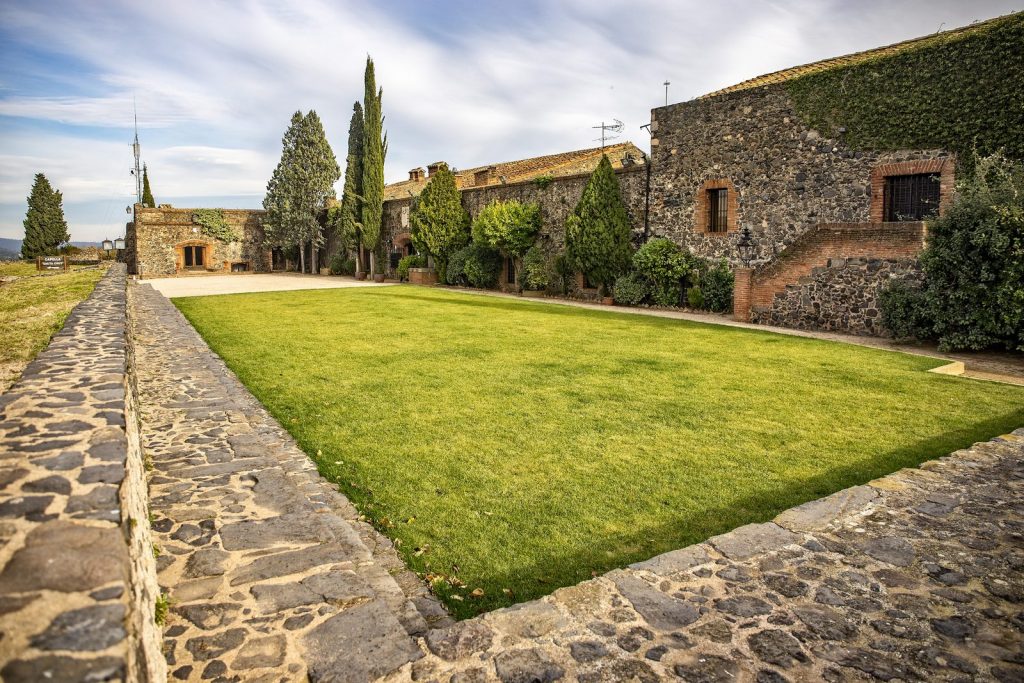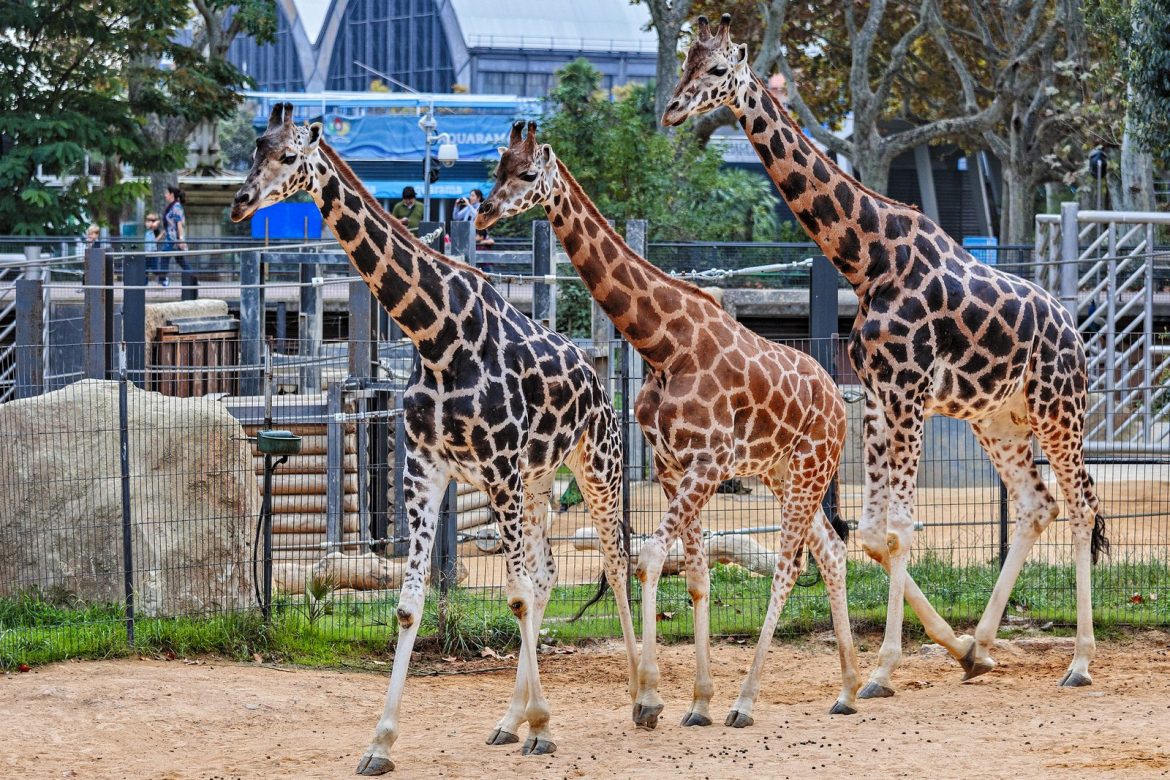
News
Category: Points of interest

Want to see all the main attractions of Catalonia at once in one place? Visit the “Catalonia in miniature” Park, which is located in the picturesque town of Torrelles de Llobregat, 19 kilometers from Barcelona. Here, on an area of 35,000 square meters, you can see about 130 miniatures, reproducing in detail the most significant and most popular sights of Catalonia. Only here you can take a full-length photo next to the famous Sagrada Familia!
Useful information for planning your visit to “Catalonia in miniature” Park and photographs of miniatures can be viewed at the link.
The traveling dinosaur exhibition Dino Expo XXL is moving around the cities and villages of Europe – a real holiday for children. This time it made a stop in Girona; representatives of all sorts of prehistoric dinosaurs housed in a large tent on an area of 1300 square meters. Also here represented various scenes from the life of our distant ancestors, or rather, survival in this harsh world of giant predators…
Photo report about the visit to this fascinating dinosaur exhibition in Girona can be found following the link.

In the northern part of Catalonia, just 1 kilometer from the border with France, on a high hill there is a lovely picturesque town called Puigcerda. Translated from Catalan, “Puig” means a hill – beautiful views of the surrounding mountains and valleys open up from the city. The city enjoys particular popularity during the winter holidays; lovers of alpine skiing come here to ride in the nearby resort of La Molina.
Among the attractions of the city should be called the lake of the same name, the church of Santa María de Puigcerdá next to the remnants of the bell tower of the XII century on the main square of the old town; the church Església de Sant Domènec, as well as the pretty building of the railway station.
A detailed story of our visit to the city of Puigcerda, accompanied by photographs, can be viewed at the link.
In each respectable and prosperous family in Catalonia, it is customary to have several houses; one for permanent residence, the other – on the Costa Brava for summer holidays, and another one – in the mountains in the north of Catalonia – for winter holidays and summer walks in the fresh air.
We got into one of these houses at the invitation of our good-natured neighbor, in a small village called Riu de Cerdanya. The village is located in the mountain fold almost immediately away from the famous Túnel del Cadí – five-kilometer tunnel on the road from Barcelona to Andorra.
Near the village is the Cadí-Moixeró Natural Park, but without a natural park, the landscapes that open during a short mountain walk are simply amazing. You can virtually eat air with a spoon, you can preserve it in tins and sell it to residents of megalopolises…
A short story about our trip and some photos of what a real Catalan village in the mountains looks like, you can read following the link – Riu de Cerdanya.
After visiting similar Christmas performances in Pals and Castell d’Aro, we could not resist and went to see live nativity scenes to Tossa de Mar. The entourage of an old fortress with evening lighting makes a serious contribution to the overall impression, almost complete immersion in the atmosphere of two thousand years ago…
Unlike the two above-mentioned cities, in Tossa, the show is represented in the form of a theatrical performance. The local residents who took part in the production and dressed in the clothing of “those times” played 10 scenes related to the story of Christ’s birth. After each scene the narrator escorted the group of spectators to the place of the next scene, and their place was taken by a new group of people eager for bread and entertainment… Of particular note is the scene with the traditional Catalan shepherd-caganer, I believe you know what it means😁.
The photo report about Live nativity scenes in Tossa de Mar can be viewed at the link.
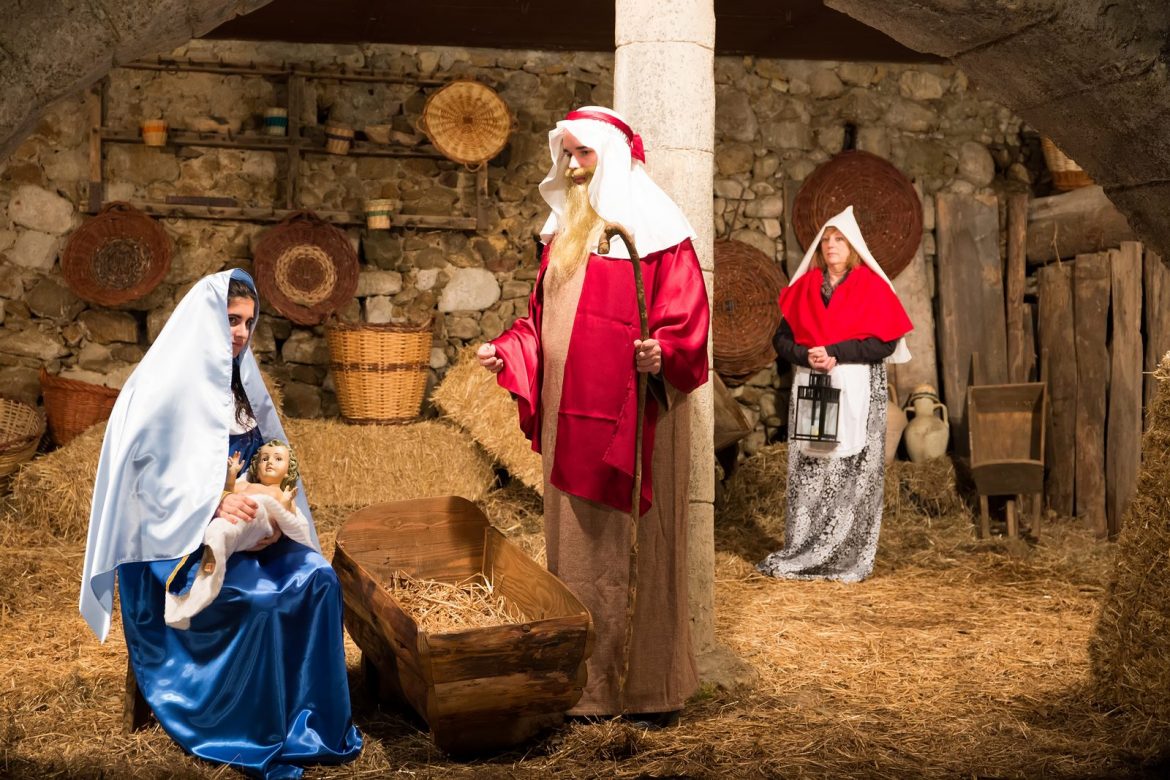
Live nativity scenes in Castell d’Aro.
Having received an incredible charge of impressions after visiting the traditional Catalan live nativity scenes (Pessebra Vivent in Catalan) in Pals, we hurried to see a similar performance that takes place close to our home – in the medieval part of the city of Castell d’Aro and on the bank of a creek flowing nearby. As it turned out, the local performance is one of the oldest in Catalonia, it has been held since 1959.
Unlike in Pals, the participants of the performance are separated from the audience and depict scenes of the rural life of the time of Christ’s birth. And there is absolutely a complete impression that, contrary to all church canons, Jesus was born here, in Catalonia😃.
We invite you to make a short virtual walk and to enjoy live nativity scenes in Castell d’Aro.
Read more
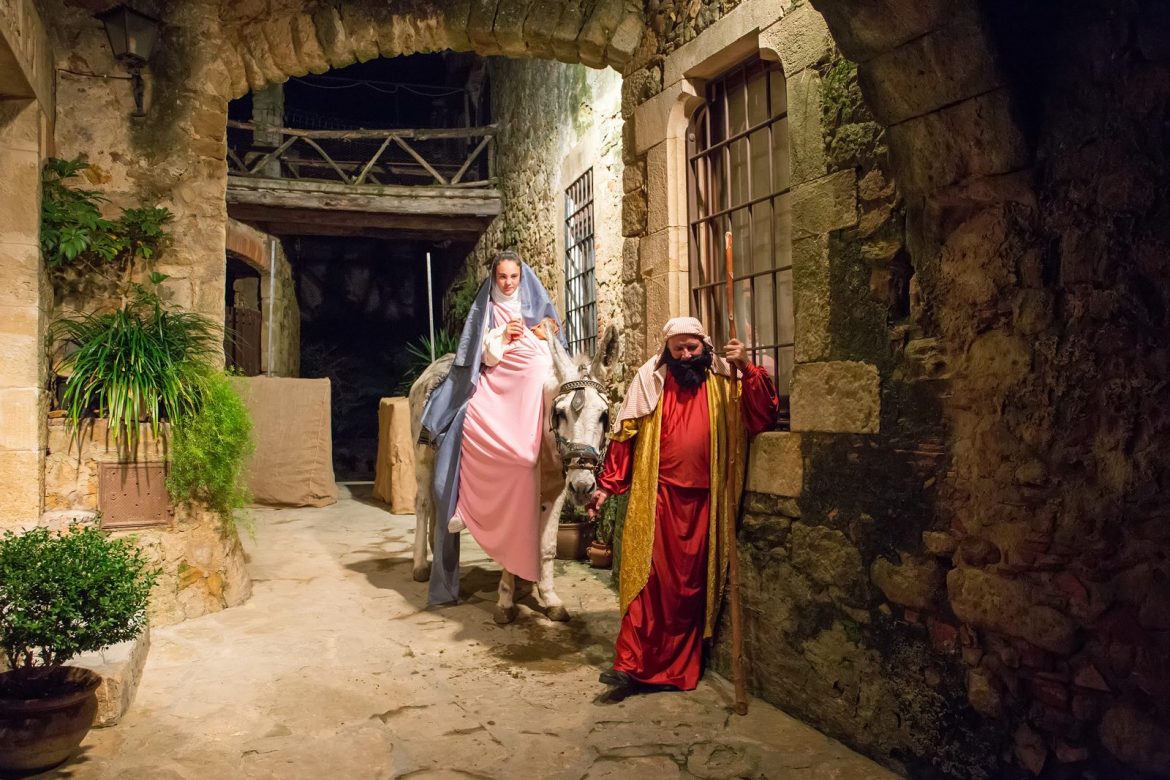
Live nativity scenes in Pals.
Having decided to take a walk on Sunday evening in the wonderful medieval town of Pals, we quite by chance discovered an amazing local tradition unfamiliar to us; namely – live nativity scenes (Pessebres vivents in Catalan). These Christmas shows take place in various towns and villages in Catalonia. These are illustrations of the story of the birth of Christ – here you will find the conversation between the angel and Mary, and the census of the population in Bethlehem, the wanderings of Mary and Joseph, the arrival of the Kings of the East with gifts, and, finally, the blessed birth of Christ in a stable. Local residents, in appropriate vestments, depict the inhabitants of Bethlehem, each engaged in his own craft; the imperial guards walk menacingly through the streets of the city, and a whole brood of devils hides behind bars in a small den!
We present to your attention a few photos of this wonderful performance.
Read more
If you drive often along the AP-7 highway to Barcelona, you probably noticed a formidable fortress located on the top of a high basaltic hill near the town of Hostalric. The place here is truly unique from a strategic point of view – the road connecting Girona and Barcelona is perfectly visible and controlled from the top of the hill. Trade and military caravans passed here since a long time, which is why the location for the construction of the fortress can’t be better than here. As a result of numerous armed clashes, the fortress was destroyed, then was built again. The present appearance of the fortress acquired as a result of the latest reconstruction in the end of the XVIII century. Until 1929 there was a permanent garrison in the fortress. And finally in 1963 this place was ranked among the objects of national cultural heritage.
A short story of the Hostalric fortress and photographs taken during a walk through it can be viewed at the link.

 Русский
Русский
 Français
Français
 Español
Español
 English
English
 Català
Català
